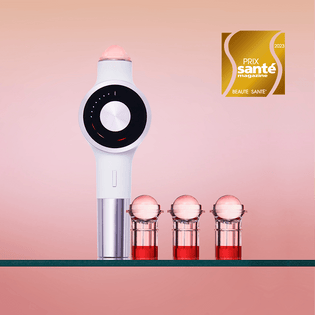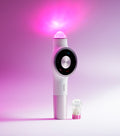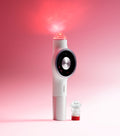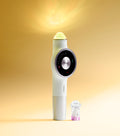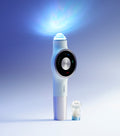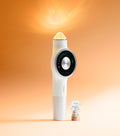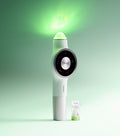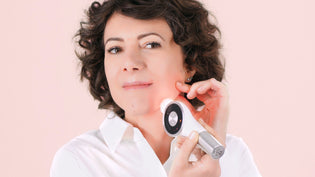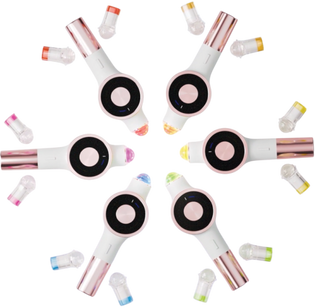Want a tanned complexion? Self-tanning allows you to obtain very good results without having to suffer from the damage of the sun.Self-tanner, its benefits and its compatibility with Lightinderm
Self-tanner contains DHA (dihydroxyacetone), a sugar derivative that reacts with amino acids present in the stratum corneum ( the outermost layer of the epidermis) to brown the skin.How it works ?
Unlike UV, self-tanner does not cause skin inflammation. The melanocytes present in the epidermis therefore remain at rest and do not activate the production of melanin. The tan, resulting from a chemical reaction between the DHA present in the self-tanner and the amino acids of the stratum corneum, appears strictly on the surface and disappears after 5 to 6 days following the natural exfoliation of the stratum corneum. Be careful, self-tanner does not protect the skin from UV rays! It is advisable to apply effective sun protection before each exposure and, for optimal repair of the skin, to use the REPAIR program daily .What is the difference with a natural tan?
You can continue to use your Lightinderm program on your tanned skin, naturally or using self-tanner. There are no contraindications, on the contrary it is even recommended to ensure continuous hydration of the skin following the application of the self-tanner.Self-tanner & Lightinderm - What order of application?
- First apply the deep-acting treatment, namely your Lightinderm program , to clean, dry skin.
- You can then apply your moisturizing cream containing self-tanning active ingredients , or if they are two separate products: the moisturizing cream then the self-tanning.


